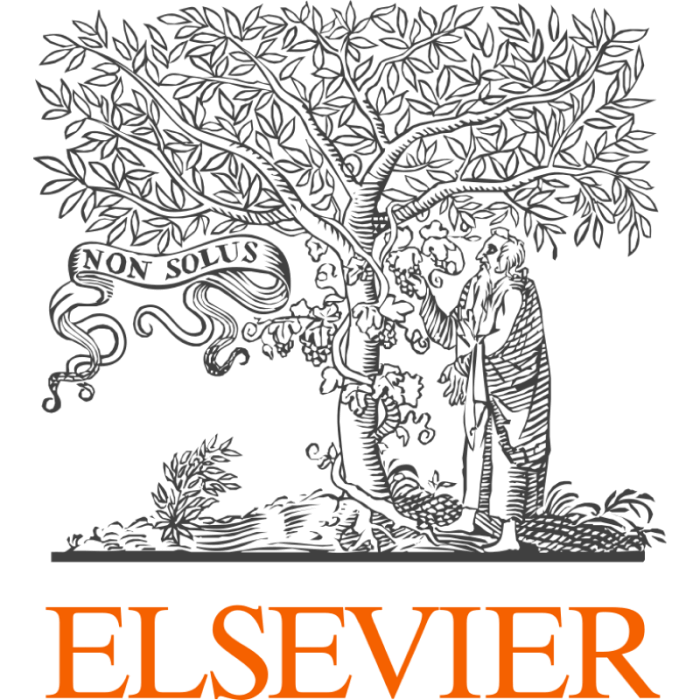Electronic Journal of Information Systems in Developing Countries, volume 86, issue 2
A model for mobile money services adoption by traders in Uganda
Ramadhan B Malinga
1
,
Gilbert Maiga
2
Publication type: Journal Article
Publication date: 2019-11-22
scimago Q3
wos Q2
SJR: 0.441
CiteScore: 3.6
Impact factor: 1.1
ISSN: 16814835
Information Systems
Nothing found, try to update filter.
Mbogo M.
Are you a researcher?
Create a profile to get free access to personal recommendations for colleagues and new articles.














